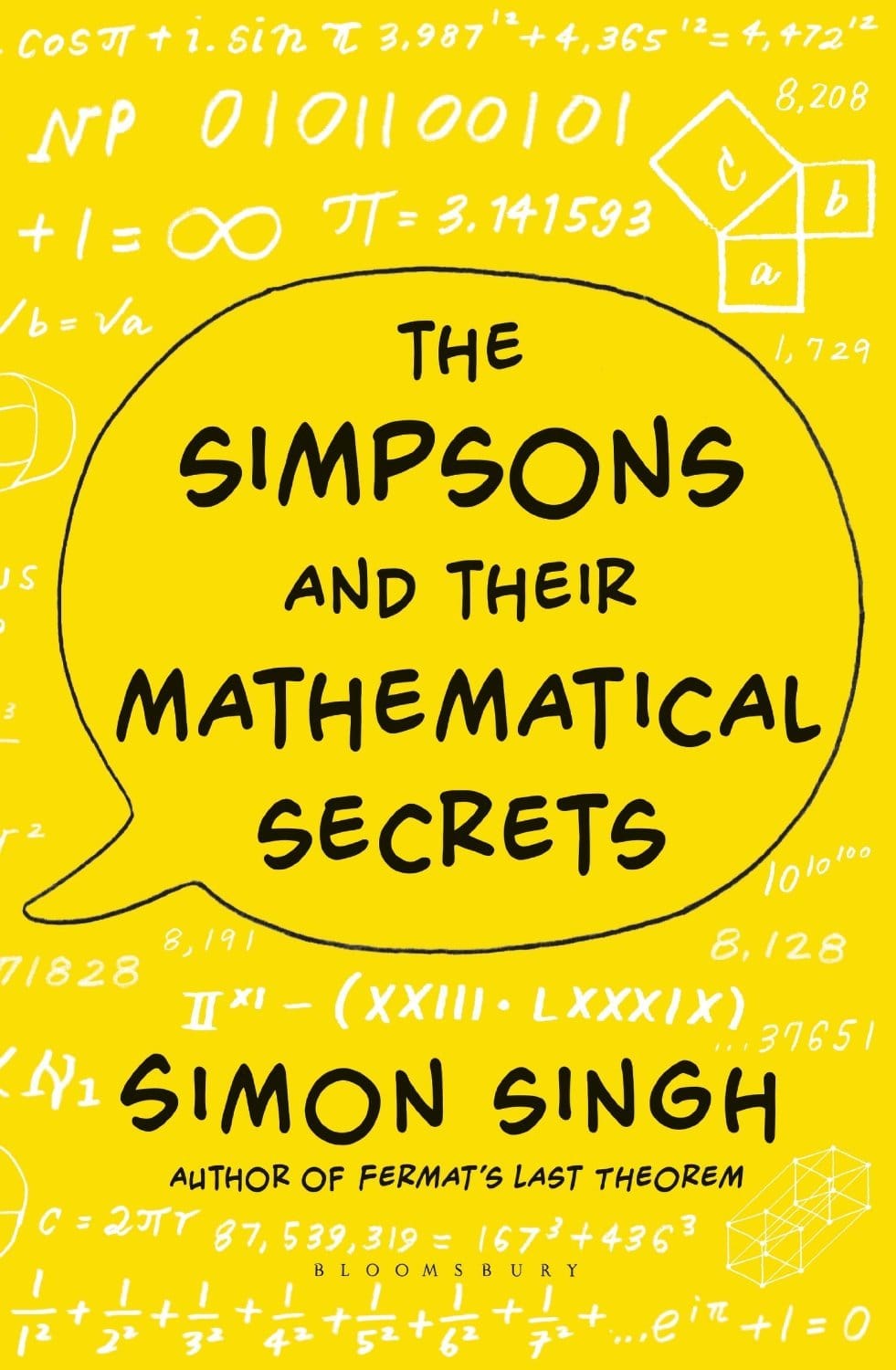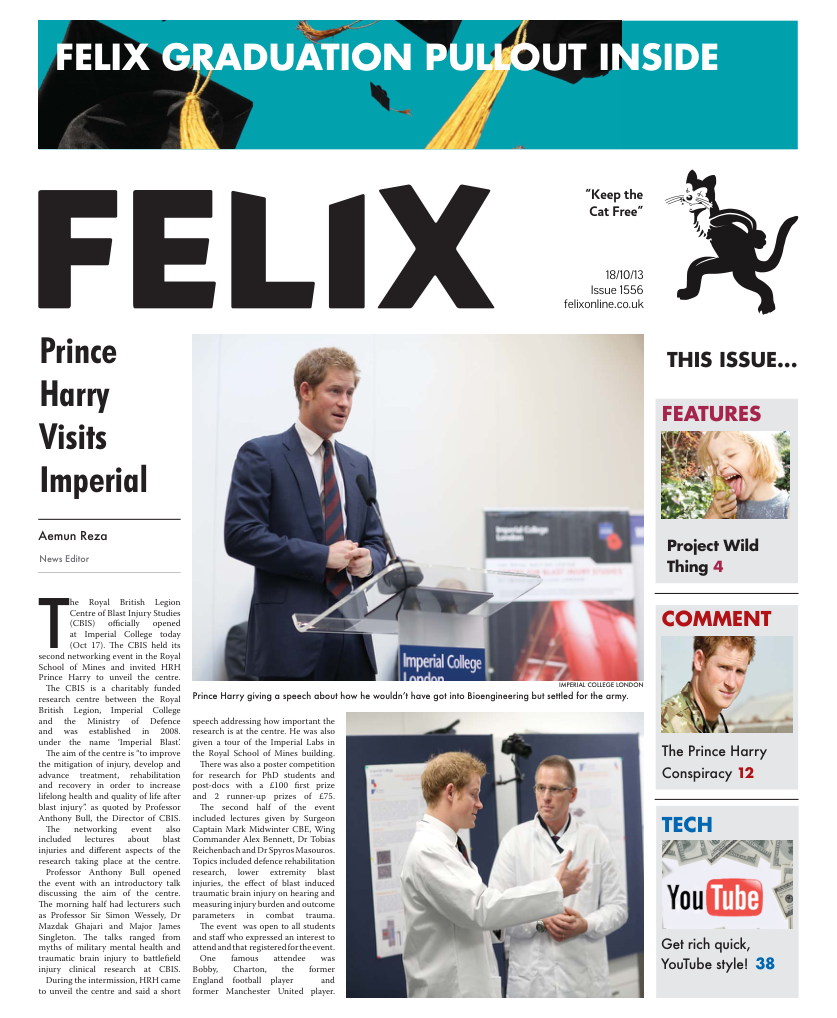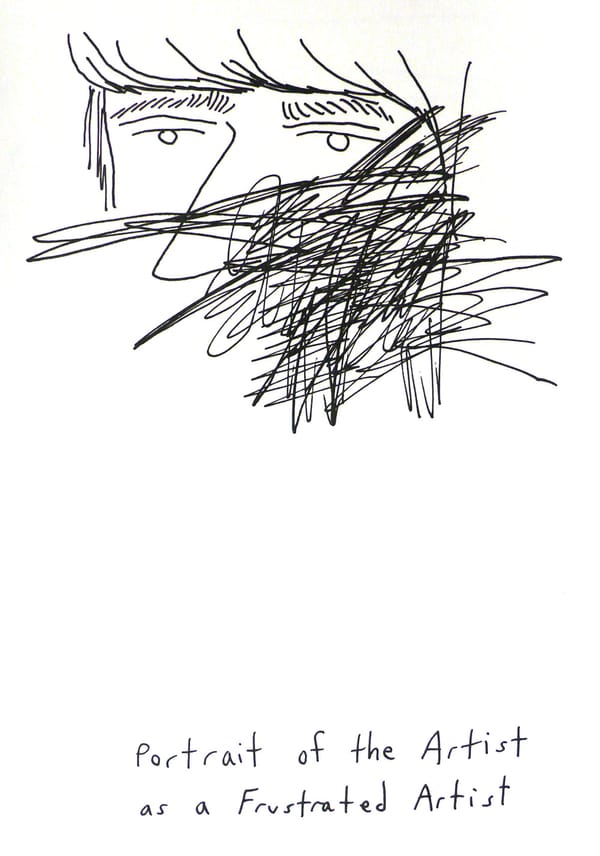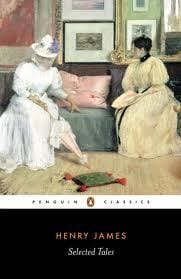Smart and Funny: The Simpsons and Their Mathematical Secrets
Calum Grant explores a nefarious plot to educate cartoon viewers

Simon Singh has returned with a lovely new book all about the role that mathematics has to played in the longest running and arguably most successful animated television show ever. What that means exactly is far from obvious, but in reading the book it appears as though the whole show may have actually been filler whilst high level mathematics has been subtlety broadcast for years with few people noticing.
Indeed, when looking at the academic backgrounds of the people who came together make The Simpsons the credentials read more like those on the roster of some start up tech company: maths majors, computer science Masters, PhDs in applied mathematics and research scientists. All these brains walked away from their dreams careers in cutting edge research and instead took the cowards way, out opting for an easy life writing for a cultural phenomenon. But the appreciation and itch to continue playing with their intellectual roots lead to the whole Simpsons back catalogue being littered with some advanced equations and numeric concepts.
After chronicling how all these geeks found themselves in The Simpsons writing team Singh goes on to explore some of the interesting and out-there topics that found their way in to episode and passed the non-maths-minded by. A great many of the maths motives demand a much greater explanation, and Singh is all too willing to provide it in insightful and often humorous ways.
One splendid example is the episode ‘Wizard of Evergreen Terrace’, in which Homer becomes partly obsessed by Thomas Edison and decides to take up invention. Between working on the electric hammer and the make-up application device (which is essentially a shotgun loaded with make-up) we see his blackboard littered with equations. One predicts a mass for the Higgs Boson, another the curvature of the universe and a third scrawling is a solution to Fermat’s last theorem. This is the same theorem that plagued mathematics for hundreds of years and was only demonstrated to be unsolvable as recently as 1995. However, this episode was broadcast in 1998 and seems to contradict Andrew Wiles proof. Testing Homer’s solution on a pocket calculator reveals it to work, which is very troubling. It turns out that David S. Cohen wrote a program to sweep for solutions to Fermat’s last theorem to within 0.000000002% accuracy, just enough not to show up on the ten digit readout of most calculators. Sneaky, and funny on a entirely different level.
Together with a raft of mathematical jokes requiring varying levels of maths ability, the book was a real pleasure to read from start to finish. Sometimes informative, sometimes hilarious and often startling to learn what concept and ideas made it into the show.
Having read Singh’s previous publication Trick or Treatment: Alternative Medicine on Trial I honestly can’t say I was expecting anything like this. With the knowledge Singh must have racked up campaigning for libel law reform and appealing his libel case I was rather hoping he’d present us with a whimsical history of just that, packed with hilarious anecdotes, which would both inform and entertain. One can empathize with his not doing so however, as it clearly wasn’t a battle he sought, but rather was dragged into for doing little more than calling a spade a spade. Though in his case it was actually calling chiropractor’s treatments bogus. Despite having all the scientific evidence on his side British law came down on the side of business interests rather than empirical demonstrability. Going back to his own roots of popular mathematical writing, using The Simpsons as a jumping off point to talk about things like narcissistic numbers, the use of statistics in baseball and topology would seem like a far more appealing thing to be getting on with.
He wastes little time in reasserting his newly found rights that he was instrumental in bringing about though. The Defamation Act became law in April of this year, though only time will tell the extent to which its powers will be asserted in the courts. Nevertheless, Singh references one episode in which Homer is forced to abandon a spinal manipulation device he invents by the chiropractors of Springflield so they can, in Singh’s words, get back to ‘happily promoting their own bogus treatments’. The particular reference doesn’t actually serve as a set-up to any larger mathematical point, but is something that Singh must be happy seeing hitting the shelves up and down the country right now.









